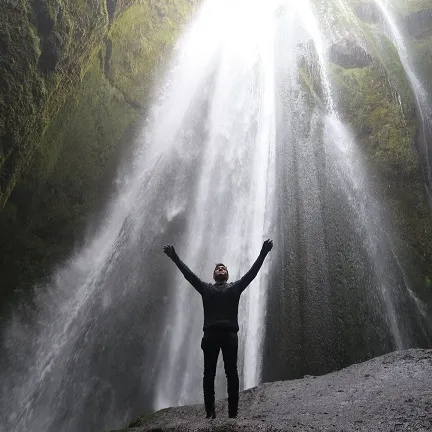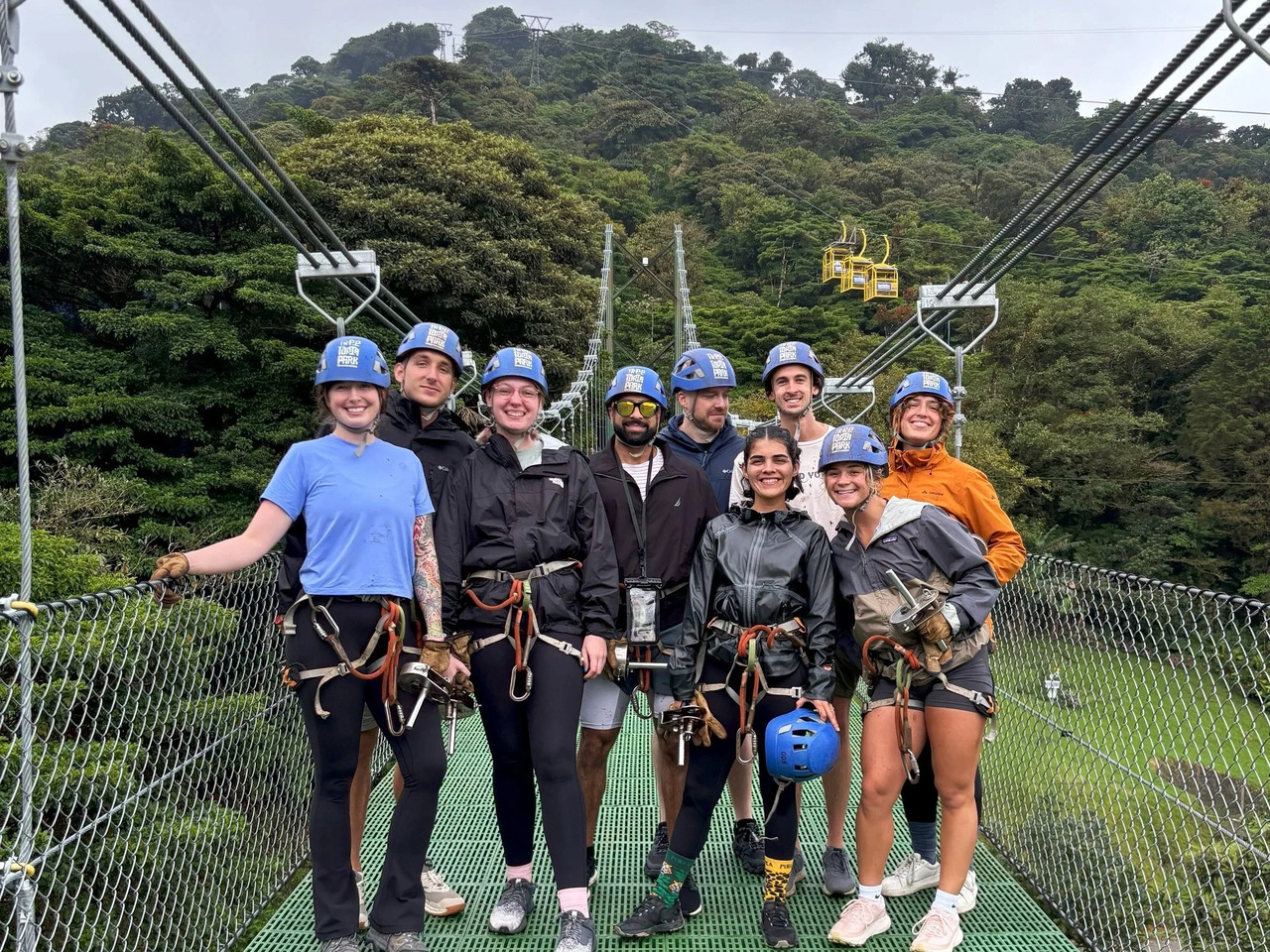I’ve always been obsessed with pushing my limits, and that includes seeing beautiful places that can often be... up high. My first experience was in Peru, with the highest elevation being nearly 17,000 feet, and then a year later in Nepal, where I trekked to Everest Base Camp, maxing out at 18,000 feet.
So - has it always been worth it? Yes! With no issues either time, I’m here to share my experience.

When I saw that one of my favorite group travel companies had a trip to Peru, I immediately booked it. On this particular trip, you climb as high as ~17,000 feet on the last day to see the Rainbow Mountains. On days in between, you see anywhere from 13-15,000 feet before sleeping back in Cusco, the lowest elevation on the trip. Sleeping low is vital, and your guide will take care of you!
I traveled to Peru in April of 2022 with Under30Experiences, where the first stop was Cusco. Cusco sits at 11,500 feet above sea level (3,399 meters). When traveling to high elevations, it’s a good rule of thumb to try to go higher incrementally, not all at once. This allows your body time to adjust to having less oxygen. However, when flying into Cusco, you’re immediately at elevated altitude. Woopsies!
So, you land. Get off the plane, take a deep breath (through your nose - important), and you’re at 11,500 feet! The overwhelmingly positive and intoxicating experience of landing in a new country takes over, and we begin.

Based on my personal experience, here are some of my top tips for navigating altitude and avoiding sickness in Peru.
Let’s get into it.
What is altitude sickness?
High elevation, or altitude, is defined as being above sea level to the point where there’s less oxygen, and it starts to affect your body. Above 6,000 feet (~2,000m) is usually when our bodies start to feel the effects of elevation. There’s no question that Cusco, sitting nearly 5,000 feet above that, would warrant some effects.
It’s essential to keep in mind that everyone is different, and altitude affects everyone differently. Even on my trip to Peru, in a group of 10, some of us felt normal, and others had symptoms. Visit your doctor if you have any concerns! It’s good to be prepared, just in case.
Symptoms of elevation sickness can include headaches, stomach aches, vomiting, etc. I’ll let you Google the rest because...well... you know.
5 tips for navigating travel at high elevation
Get there a day or two early
If you’re traveling with a group travel company like I did, you will be given a specific day and time frame to arrive at your destination. Your trip leader will meet you, and the itinerary begins! Any itinerary in Peru will likely be semi-chill on the first day in Cusco. However, it still takes social energy to meet new people and get settled in (is it just me?). So, I try to come a day or two early. Especially here!

I opted to fly to Cusco two days before the group and have a solo experience to completely rest and recharge, allowing time for my body to adjust to the elevation. This was imperative for me, personally. I napped, ate, took little walks, drank lots of coca tea, and took it very easy! By the time the rest of the group showed up two days later, I was acclimated and ready to go. Acclimating refers to the act of your body adjusting to having less oxygen. We are amazing, and our blood cells will literally adjust to carry more O2! It just takes time.

I recommend coming early for solo travel purposes as well. It was really nice to be alone in Cusco and explore independently! I had some very memorable meals, moments, and experiences with locals. I was able to attempt to speak spanish, and buy some street art.

Check out the coffee cafe called ‘Cappuccino’. It’s a must, and you’ll get stunning views of the Plaza de Armas. I sat there for hours and listened to music while taking it easy! Afterward, I ate at Inka Grill - also delicious - and yes, there was alpaca on the menu.

Coca leaves
Okay, okay, I know what you’re thinking - and yes, it’s THAT plant. However, it’s native to Peru, completely legal, and REALLY helps with elevation sickness (or chances of getting elevation sickness).
Upon arrival, your hotel will most likely serve your coca tea. Drink it! Just make sure the water is boiled; otherwise, sensitive American tummies can get sick.

You can also put a leaf on your cheek; this is what we did on our hikes that were higher in the mountains. There’s a beautiful ritual in Peru to ask for permission from Mother Nature, then you roll up the leaf and place it on your cheek. It can make your mouth tingle, but one thing is for sure: it helps with your headaches and/or stomach aches due to elevation.
Hydrate, Hydrate, Hydrate
This cannot be stated enough. Before you know that you’re going to be at elevation, and while you’re there, hydrate as much as you can! It’s absolutely essential and, honestly, one of the biggest tips I can give fellow travelers. It is worth it, even though you will use the bathroom a lot. Ha!
In Peru and Nepal, I cannot emphasize enough how much being hydrated helped me! It’s usually recommended to double up on your water intake. I added an extra liter to my daily intake!
Diamox as needed
I debated putting this on there, but it has helped me a lot. Diamox is an elevation medication. You can find it in pharmacies in Peru, but I got a prescription from my doctor before my trip. I did take it as a precaution, and it made me super tingly, although I often wonder if it’s why I never got sick! It’s highly suggested by many travel health companies to have it on hand just in case, as it takes a day or two to start working.
I went to Passport Health, and my primary care. Everyone is different, and will react differently. I started taking it the day before I got there, and stopped taking it on the last day.
Food (Carbs!)
Believe it or not, food helps - specifically carbohydrates! Carbs are a very important energy source, which your body needs when it’s operating with less oxygen. Peru has a lot of AMAZING potatoes - eat them in abundance!
Half the reason I love high elevation travel is because you should and can eat way more than usual. Your body is burning more calories just simply staying healthy with less oxygen, so eat up. Even if you lose your appetite a bit.

If my experience has inspired you and you’re feeling motivated to check Peru off your bucket list, check out the Under30Experiences Machu Picchu and Peru trip details and book today!




.avif)


























